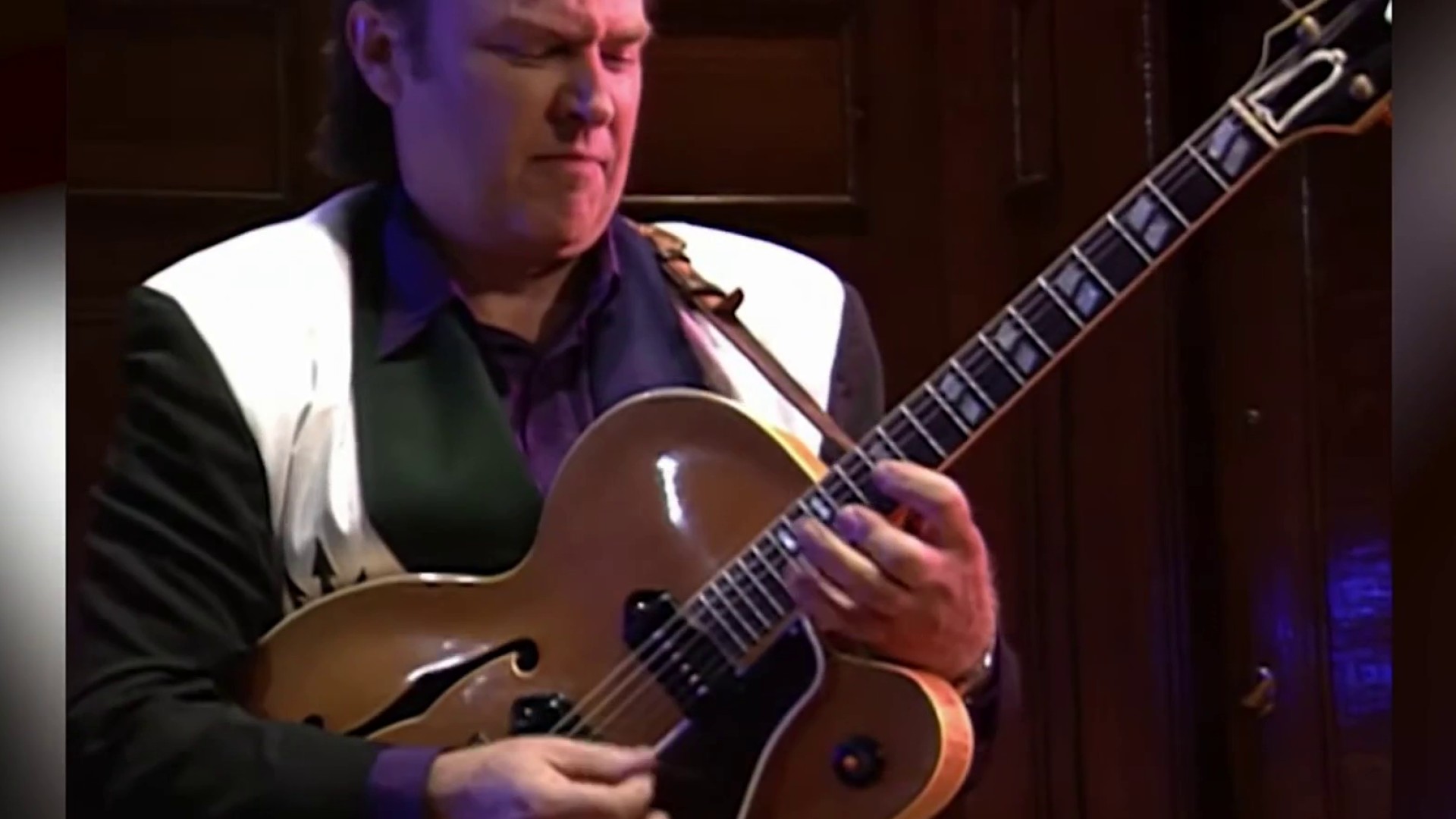The Trump National Golf Club in Sterling, Virginia includes a plaque commemorating the Potomac River as "The River of Blood" during the Civil War — but historians say no battle ever was fought at that location and the "River of Blood" name never was used.
Far beyond the entrance of the golf course, along a bank of the Potomac, is a plaque that commemorates the history of the river.
"Many great Americans, both of the North and South died at this spot," the inscription says, as The New York Times was first to report. "The casualties were so great that the water would turn red and become known as 'The River of Blood.'"
Beneath Trump's family crest and his full name, the plaque says, "It is my great honor to have preserved this important section of the Potomac River!"
The trouble is, historians said the events Trump cited never occurred.
"That's not true," Civil War historian Jim Morgan said. "I think it says many soldiers died at this spot, and that's not true. It didn't happen."
Morgan is an expert on another battle, the Battle of Ball's Bluff, which took place in October 1861 about 10 miles north of the Trump National Golf Club. Hundreds of soldiers were killed and wounded there, Morgan's book says.
Local
Washington, D.C., Maryland and Virginia local news, events and information
"Certainly there were casualties and certainly bodies that floated down past that golf course," Morgan said about how the golf course could be connected to Civil War history.
Trump told the Times that "numerous historians" had told him that the golf club site had been known as the "River of Blood." He said he did not remember their names, and he declined to identify any of his staffers who might know the historians' names.
“How would they know that?” Trump asked when he was told local historians had questioned the veracity of the plaque. “Were they there?”
The historian said plaques and monuments in the area have included errors before.
"The history of this area is pretty well-preserved, pretty well written about. What you've got is a little monument that misstates some things," Morgan said. "It wouldn't be the first historical monument that has some things on it that's incorrect."



